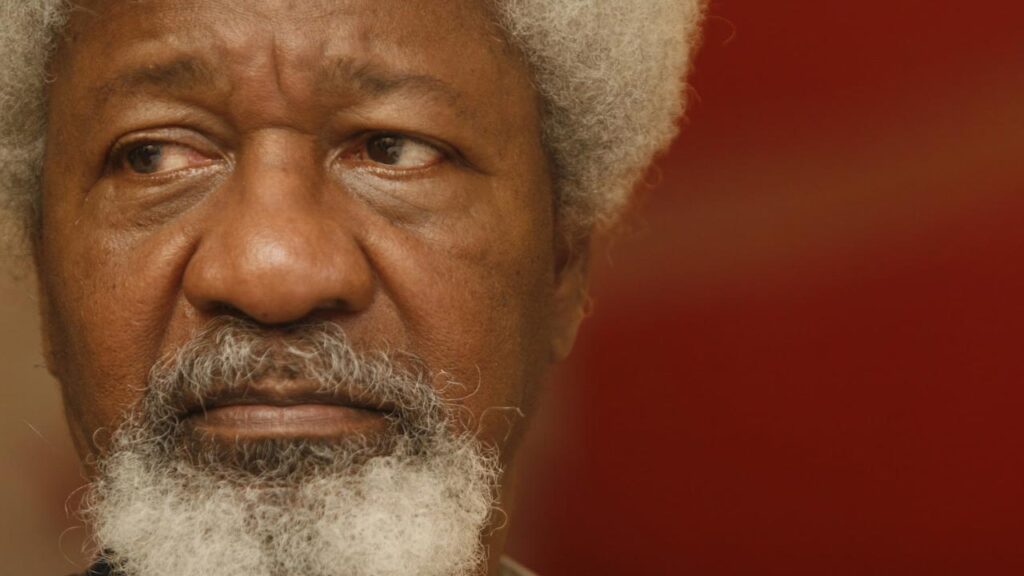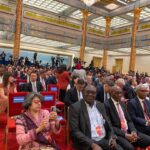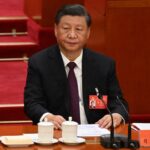Emperor Qin Shi Huang’s Mausoleum Site Museum, located in Xi’an ancient city of Shaanxi, China, plays host to about 10,000 people daily in ordinary times. This figure skyrockets to about 60,000 during festivities, and each visitor pays certain amount as entrance fee to the site.
In fact, one peculiar attribute of every Chinese is the respect for history, arts and culture. Even as the country continues to thrive in its modern civilization and reform processes, its history, rooted in rich and dynamic cultural heritage is jealously protected from destruction.
Consequently, art plays crucial role in the country’s development and counted among major sectors of its economy. Hence, government’s interest and development of every aspect of the culture sector formed the basis for the citizens, including the younger generations’ love and pride towards the country’s history and culture.
This situation explained the surge in the heart of Xi’an City where lies the iconic attraction – the Qinshihuang’s Mausoleum Site Museum. The site serves as a window into the life and legacy of China’s first emperor, Qin Shi Huang, who unified the country’s warring states and laid the foundation for the Great Wall.
The expansive area of about 20,000 square meters holds the marvel of ancient technology. According to archeologists, the terracotta exhibition area houses about 8,000 life-sized terracotta warriors standing guard, some of which are yet to be excavated. Among this number are those yet to be excavated.
According to history, the terracotta warrior figures were meant to protect Emperor Qin in the afterlife. Each soldier was uniquely crafted and no two art pieces shared resemblance, rather, they bear complicated details that reveal the skills and craftsmanship of the ancient Chinese civilization.
The Pits, which serve as the exhibition area was segmented into three, each section holding figures and objects that bore testament to Qin Shi Huang’s ambition and vision. The massive structure built to honour his life and achievements also speaks volume of his power and influence.
The terracotta figures represent different ages, sizes and even mood as some wore smiling faces. There were also figures of animals, representing horses rode by the soldiers.
Interestingly, the figures were originally grouped according to the ranks of the soldiers. For instance, in Pit Three were found figures that looked like the war commanders, gorgeously dressed and bearing deer hons, which was said to give prediction during battles.
“That was because during the Qin dynasty, life was turbulent, there was struggle to take over empires and every empire struggles to remain strong and united”, said the tour guide.
The site, which has become so popular and formed one of the major sources of revenue generation in the city of Xi’an was discovered by local farmers in 1973 and since then, government has invested funds and commitment, not only to protect the figures from further damage but also to make it one of the destinations of choice in the city.
As one explores the museum, more ancient artifacts, including weapons, jewelry, and pottery that offer a glimpse into the daily life of ancient Chinese people are discovered. The site also features a collection of ancient texts, including the famous Terracotta Army, which is considered one of the greatest archaeological discoveries of the 20th century.
Qinshihuang’s Mausoleum Site Museum is a must-visit destination for anyone interested in history, culture and archaeology. It is a reminder of China’s rich heritage and a tribute to the vision and leadership of its first emperor.













